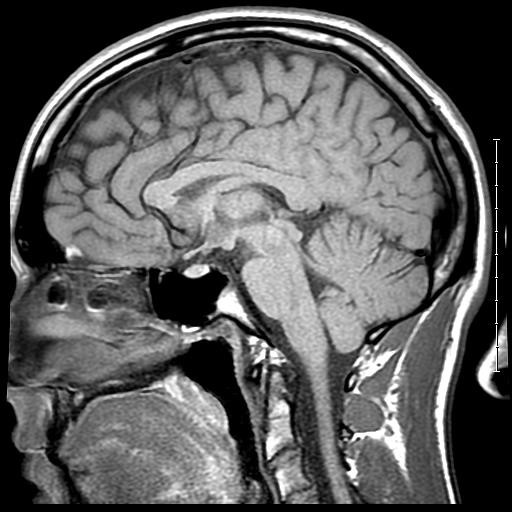This is my list of magnet implant supplies I bought, found, or procured before I performed my procedure. I won’t source any of them for you, so don’t ask – if you can’t find or don’t know what you need, you haven’t done enough research.
Everything on this list can be procured by an average layman in the United States fully legally. I don’t mean “legally” [with air quotes], nor “technically not against the law” – really, truly 100% legal and complication-free. To the best of my knowledge, these are all available to the average citizen. In my case, 95% of the equipment was secured from major, household name online retailers.
Strikethrough text indicates plans changed due to my experiences with my first implant attempt failure.
Hardware
Sterile #10 scalpels — I probably should have used a #11 with more of a slicing tip on it, but #10 works as well.#10 scalpels were unable to make an incision deep enough without making an incision too wide, and my surgical scissors didn’t cut it. I ended up using a #15, which worked much better.- Surgical scissors — sharp-snub type
, to open a skin pocket once the incision is madeto work with sutures. Use the scalpel to open the pocket. - Syringes — super tiny gauge needles for the lido administration, and a fat one for saline irrigation
- Stitch kits — I used 4-0 nylon sutures with an FS-2 (reverse cutting) needle.
- Plastic tweezers — I read too many stories of botched procedures because the magnet kept sticking to the instruments. I was also worried about metal-metal contact increasing the risk of parylene degradation;
I used antistatic tweezers from Amazon. Don’t use antistatic tweezers! The ones I got were slightly ferrous and the magnet would partially stick to them. Try to find plastic tweezers from a first aid kit instead. - Forceps/Hemostats — I originally got them for guiding the suture needle but stupidly bought ones WAY too large for that… I’ll use them as best I can, but in the future I will be careful to buy needle forceps.
- Tourniquet — new, clean hair tie
- Magnets — Perhaps the most important thing of all, I used 3mmx.5mm axially/through the thickness magnetized N52 neodymium magnets. They were vapor-deposited with parylene-C, a bioneutral coating used with pacemakers and other medical implants to shield the body from heavy metals and the device from the harsh environment of the body.
Sterile Preparations
- Triple antibacterial ointment — not the mupirocin I wanted (which can handle MRSA, et. al.), but it will do to keep infections away.
- Chlorhexidine, benzoin, alcohol preps — All used for prepping my incision (chlorhex) and lido injection (alcohol, benzoin) sites
- Super Sani Cloth — clinical grade disinfectant wipes, used to prep all surfaces preop. Kills off MRSA, NF, and all the other baddies.
General Surgical
- Sterile saline — for irrigation
- Sterile bandage — wrapping things after the fact; will transition to bandaids after I pull my stitches. Note that these are not your normal nitrile or latex gloves. They come in individually wrapped pairs that are guaranteed sterile.
- Sterile gloves — these take practice to get on right. Like, a lot of practice.
- Lidocaine — 2% lidocaine hcl solution for performing a digital nerve block. It’s much easier to find powder (it’s not controlled or scheduled), but there are HSP solutions for injection out there if you know where to look.
I ensured to get lido without epinephrine. While I’ve heard that modern research suggests the risk is minimal,conventional wisdom says that lido with epi can vasoconstrict to the point of ischemia in the case of a digital block, so I steered clear. Update: read more on why lidocaine with epi is just fine.
I spent a little over $100 for all my implant supplies., with some scavenged, some begged, but most purchased.
